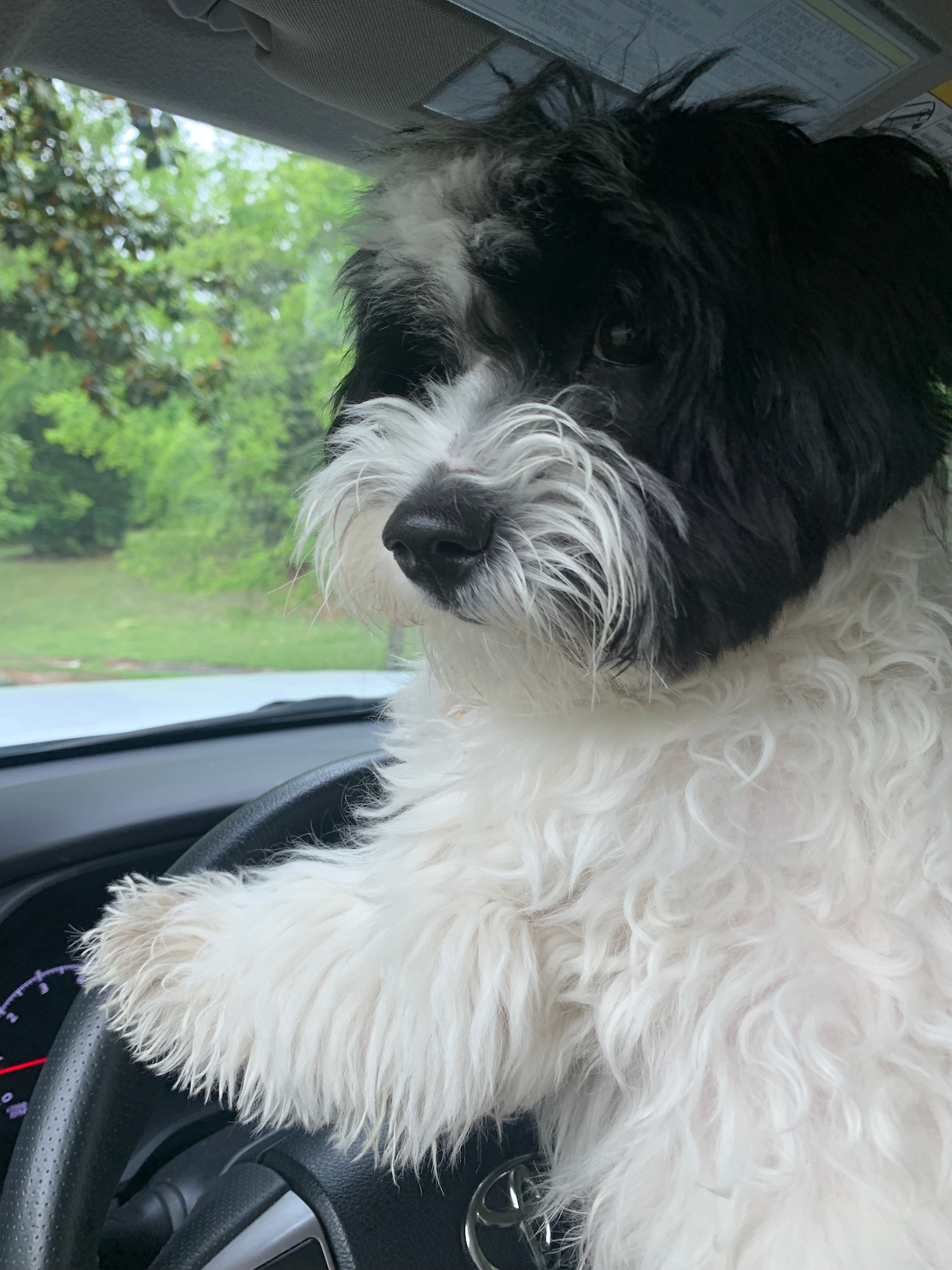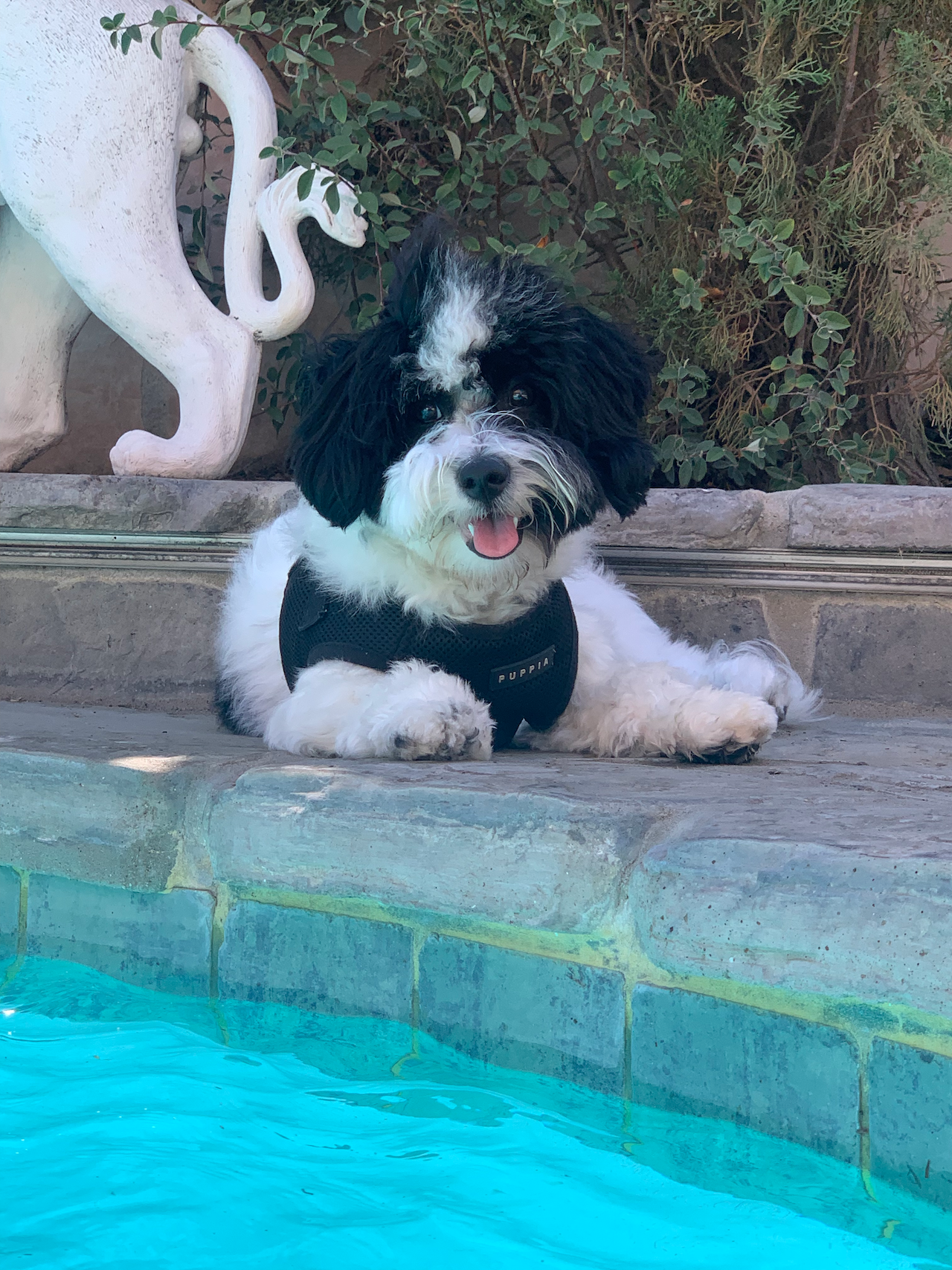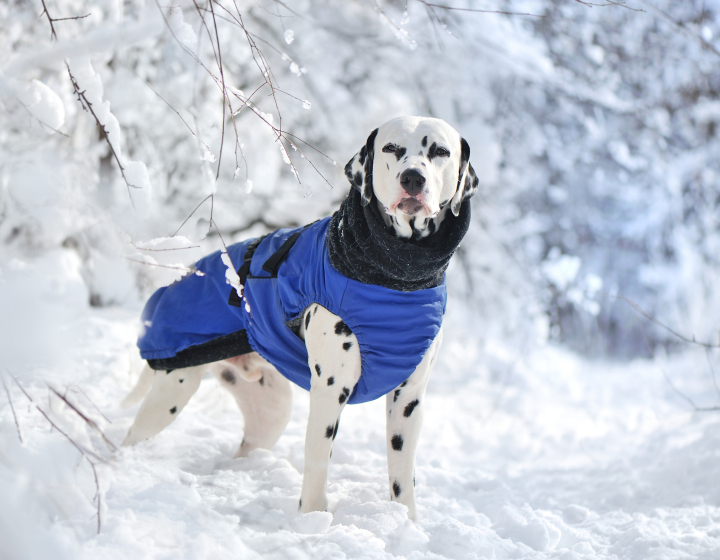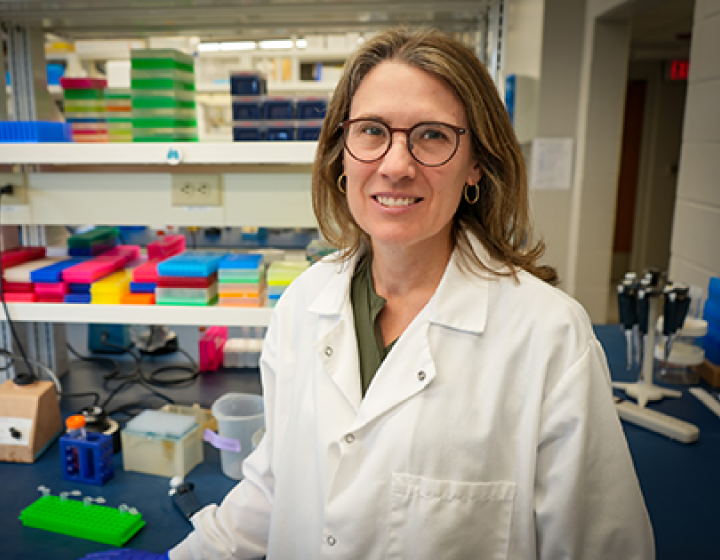Coton de Tulear undergoes rare esophageal surgery

At first, the fact that Jason and Nicole Goldklang’s Coton de Tulear puppy, Teddy, had trouble eating and drinking didn’t seem to be a cause for alarm. “We were told it’s just how puppies eat or to get him a slow feeding bowl,” says Jason Goldklang.
Teddy’s consistent regurgitation of food and choking on water became progressively worse, however, so the Goldklangs took him for diagnostic tests at a veterinary hospital in Los Angeles, where the family lives. A video fluoroscopy swallow study confirmed that Teddy was born with cricopharyngeal dysphagia, a rare condition in which the the cricopharyngeal muscle, which is part of the upper esophageal sphincter, fails to relax properly during swallowing, making it difficult for food and liquid to pass from the throat into the esophagus.
Unfortunately, no one in or near Los Angeles had experience doing the surgery. At that point, the Goldklangs reached out to Dr. Nicole Buote, associate professor in the Section of Small Animal Surgery at the Cornell University Hospital for Animals. The Goldklangs knew Buote, who used to work in Los Angeles and had performed knee surgery on the family’s previous dog, Fletch. “She continued to be a valuable advisor to us as he aged and had more serious medical challenges,” says Jason Goldklang.
Buote was familiar with cricopharyngeal dysphagia and had experience doing the surgery. “We realized the best thing for Teddy was to make the long trip to Ithaca,” Nicole Goldklang says.
Surgery to treat cricopharyngeal dysphagia can be challenging, but pre-surgical testing determined that Teddy was good candidate. Buote was able to perform the procedure the day after the Goldklangs arrived in Ithaca, with the assistance of veterinary student Diana Fasanello, D.V.M. ’23.
The procedure, which takes around an hour and a half, entailed removing a part of a muscle that surrounds the throat so the throat can open properly. “There are only small case series on this disease, and 40% of patients in the largest studies had no improvement with surgery, while 50% were ultimately euthanized due to the disease,” says Buote. “The most important aspect of this disease is correct diagnosis because there are other swallowing diseases that get worse if you perform this surgery.”

Buote and her team kept the Goldklangs updated throughout the day. Fortunately, the surgery was a success. “Teddy was able to eat and drink normally for the first time in his life,” says Jason Goldklang. “His first drink of water without choking went on for a minute and a half straight!”
The Goldklangs appreciated Buote’s knowledge and her compassionate bedside manner. “She clearly explained the medical condition Teddy had and the surgery at a technical level, and then again at a layman’s level, so we understood everything,” Nicole Goldklang says. “She directly and honestly explained all the risks of the surgery without any sugarcoating but at the same time spoke to us in a caring manner that acknowledged our fears and concerns about the potential outcomes.”
Buote is equally as appreciative of the Goldklangs. “These owners are amazing,” she says. “They are incredibly dedicated to Teddy, were realistic about the possible complications and outcomes, but wanted to give him every possible chance for a normal life.”
Teddy recovered well from his surgery, Nicole Goldklang reports. “He is finally a normal dog thanks to Dr. Buote, her team and the entire staff of the Cornell University Hospital for Animals.”
Written by Christina Frank





